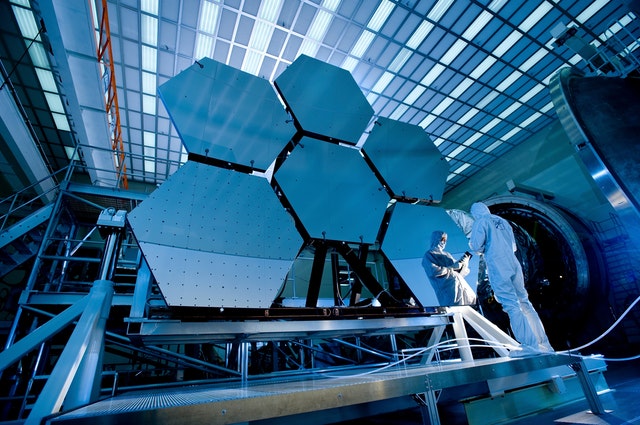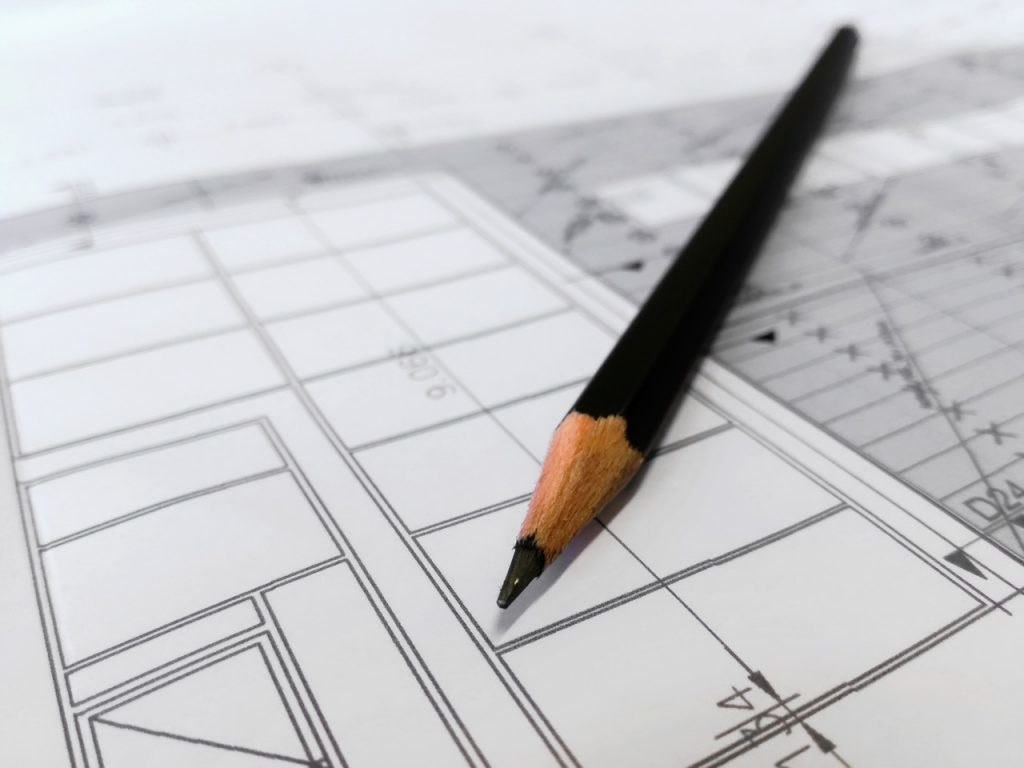Laboratories require a strictly controlled environment. Since they deal with such a great number of chemicals and other hazardous materials, and since the tests and processes you run every day rely on absolute precision, safety is paramount. Here are 10 quick lab safety tips to keep your lab running at its best.
1. Require non-slip footwear
Labs are no stranger to spills of all sorts. And spills mean wet floors, both during and after the accidents. What’s more, lab floors are often made of slick, non-porous materials that can be slippery all on their own. By simply making non-slip footwear a requirement, you’ll keep your employees much safer from trips and falls.
2. Instate a dress code
In the same vein, a dress code can do a lot to help keep employees safe. Everyone in the lab should be wearing a lab coat, but it’s also a good idea to require long hair to be tied back and long pants to be worn to protect legs. Additionally, you should require that employees wear PPE like gloves and goggles at all times to protect them from any dangerous fumes. By making this dress code a requirement, you establish a habit with your employees to wear clothing that will help protect them against accidents in the lab.
3. Use warning labels
There are all kinds of dangerous materials in the lab. Label them, and label them clearly. Bright, bold, large warning labels on caustic chemicals and other dangers in the lab are the best way to keep employees safe. If you have a cabinet where a lot of hazardous materials are kept, it’s a good idea to label the cabinet in addition to each of the containers within. When employees can easily see a warning label, you lessen the chances of someone making a mistake with the material.
4. No food or drink in the lab
First of all, anyone who eats or drinks in the lab runs a very high risk of contamination. What’s more, someone who is eating or drinking in the lab isn’t paying full attention to the task at hand. That’s not good when you’re working in an environment as strict as a laboratory. Your employees need to be focused at all times. Not to mention that drinks are easily spilled on research and tests, creating major setbacks in your processes.
5. Store flammables somewhere fireproof
This one might sound like a no-brainer, but it’s not a good idea to leave flammable materials out just anywhere. Most lab manufacturers offer fireproof cabinets, so it’s a good idea to invest in one or two, and keep all of your flammables there. That way, in the event that an accident does happen, it won’t be made worse by flammables sitting out and catching fire.
6. Practice safety drills
From fire drills to tornado drills to practicing cleaning up chemical spills, you simply cannot practice safety drills enough. Weather drills are required to be performed multiple times a year for a reason, and you should practice your lab safety and emergency drills just as often. The more familiar your employees are with the procedures, the better they’ll be able to perform in the event that something does go wrong.
7. Perform inspections
It’s great to implement a lot of these safety practices—labeling hazardous materials and storing flammables in fireproof locations—but it only works if your employees actually do it. Consider performing unannounced inspections every once in awhile to make sure that all of your safety procedures are being followed. If employees are caught and reprimanded for storing something improperly or eating in the lab, they’re much less likely to do it again.
8. Discard lab waste properly
Lab waste is one of the most dangerous aspects of any functioning laboratory. Make sure your employees know how and where to dispose of it. Each lab has a different process, but each employee should be fully trained and should understand exactly what chemicals need to be discarded of differently, and which aren’t harmful. To make sure this information stays fresh in their minds, it’s a good idea to test or quiz them on this regularly.
9. Make plenty of room in the budget for safety equipment
This is one of the biggest, most important lab safety tips out there. Your laboratory must have the budget to purchase lab safety equipment if you want your lab to function safely. From gloves to eyewash stations, your employees need this equipment to run their processes without putting themselves in danger. You need safety equipment to even get a lab going, so make sure you leave room in the budget to keep it that way.
10. Make safety training a requirement
Finally, to keep your lab as safe as possible, it’s a good idea to require safety training for all employees. Make sure they’re trained on necessary things like first aid and the chemicals stored in your lab, and then make sure your company offers refresher courses as needed so employees can stay up-to-date on their training. By requiring training and encouraging employees to maintain a safe work environment, you’ll make it much easier to keep your lab safe.
If you have more questions about creating a safe laboratory, or if you’re in need of any lab safety equipment, be sure to get in touch with the experts at Multi-Lab. We would be happy to answer your questions or help you determine how to best install new safety equipment. Give our office a call at 616-846-6990 or contact us online today!




About The Author: MultiLab
More posts by MultiLab